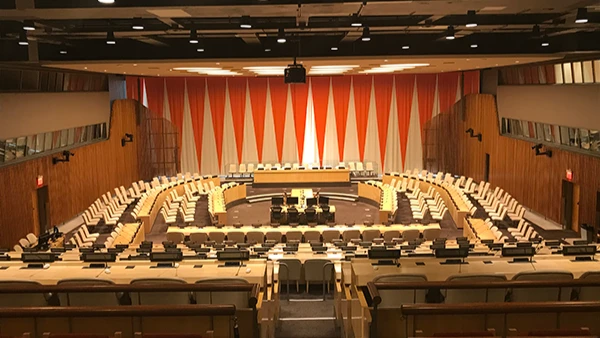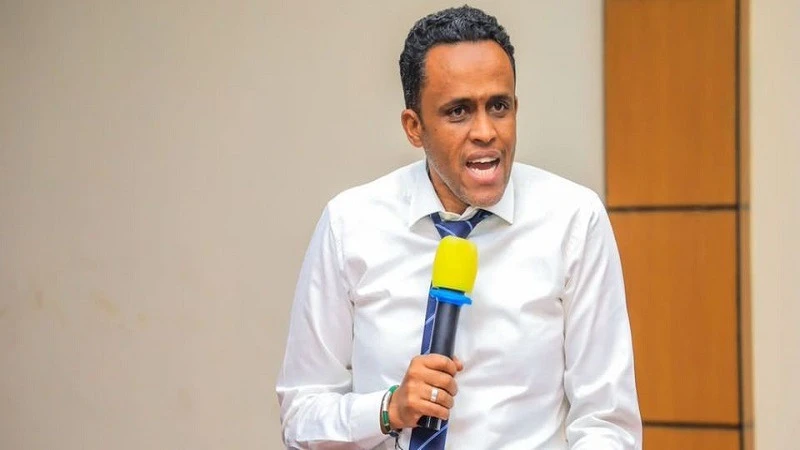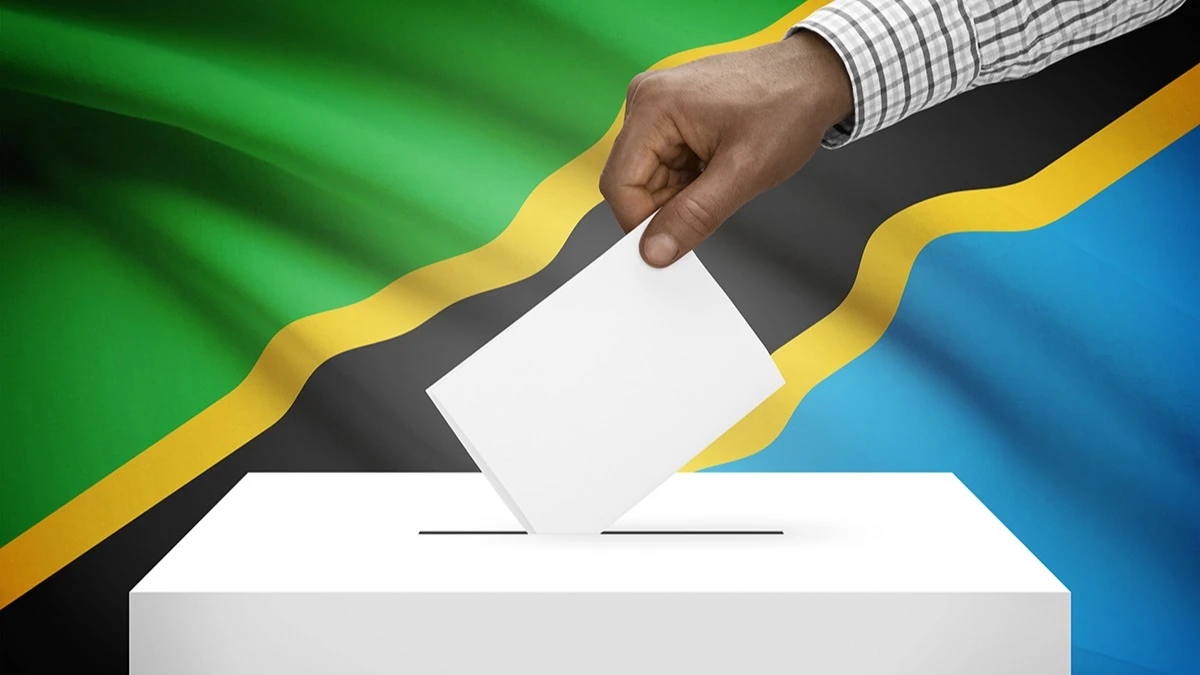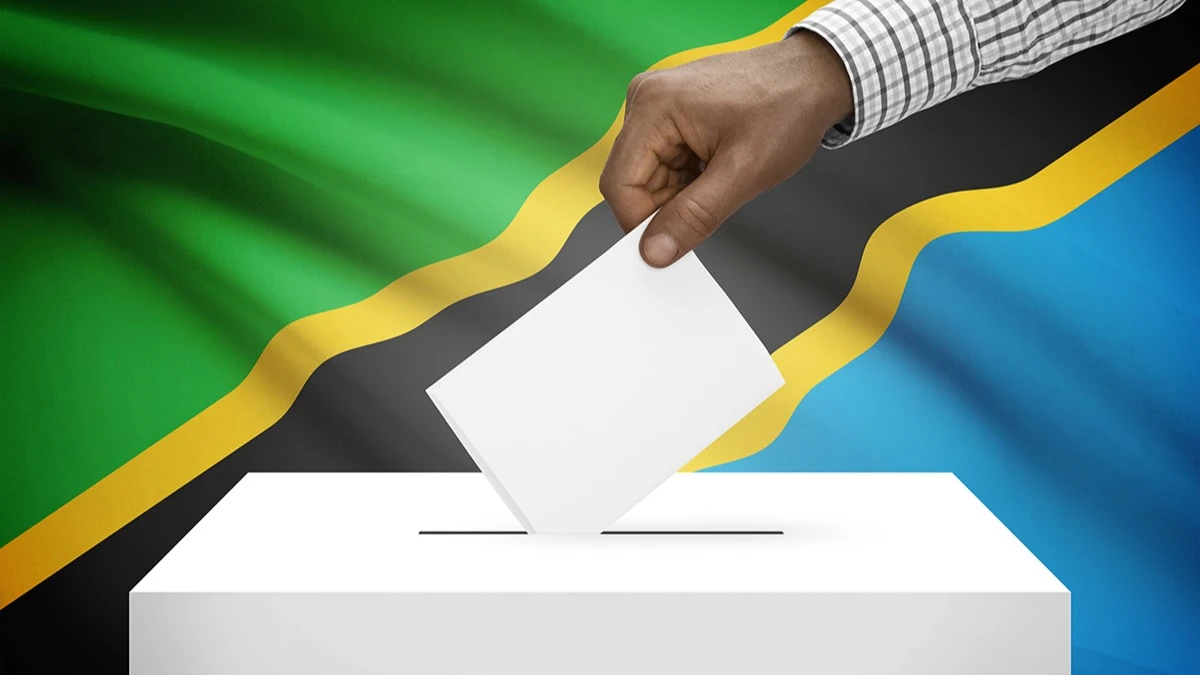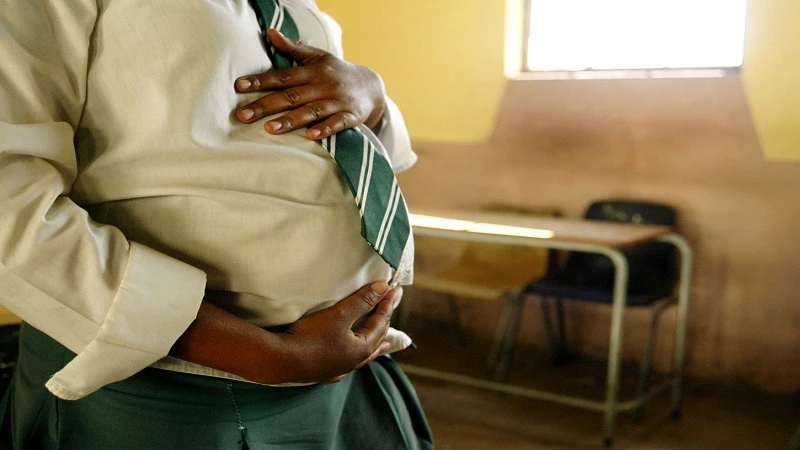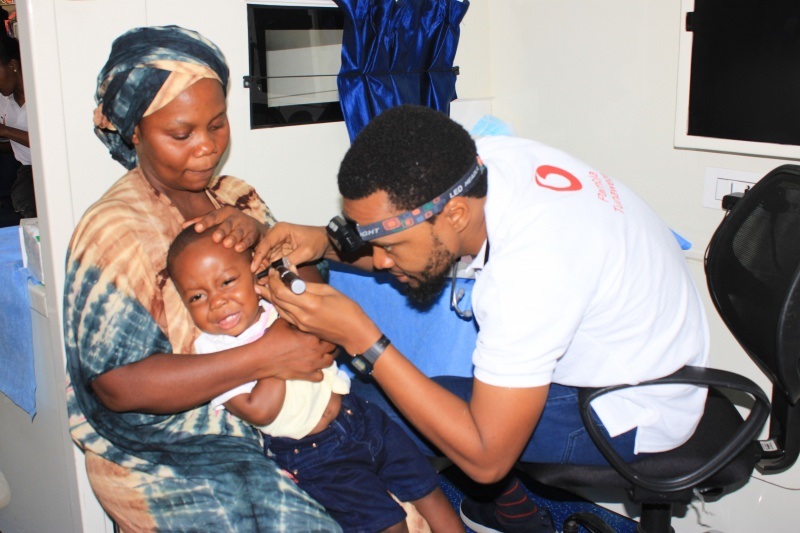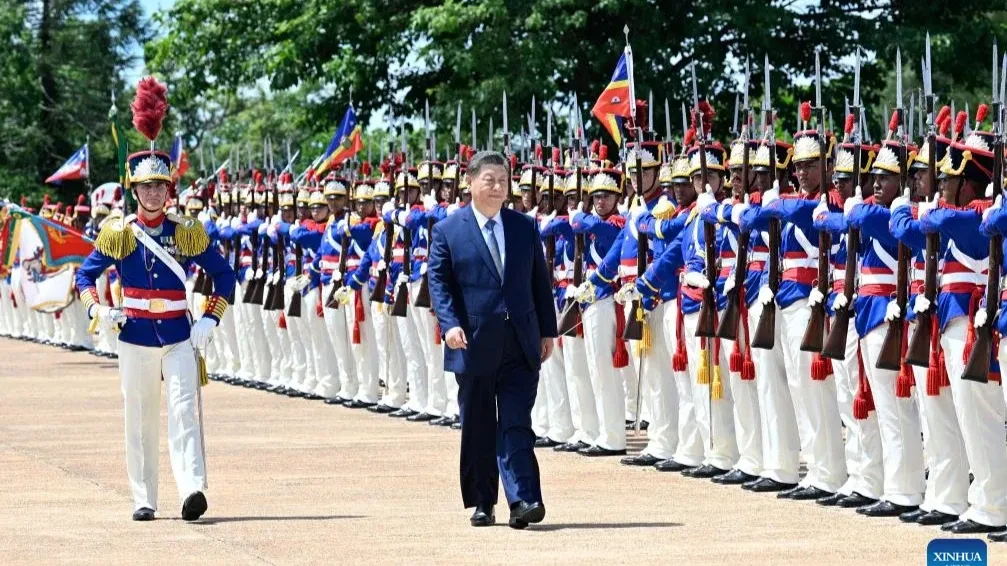Mixing students to enhance efficiency in examination invigilation
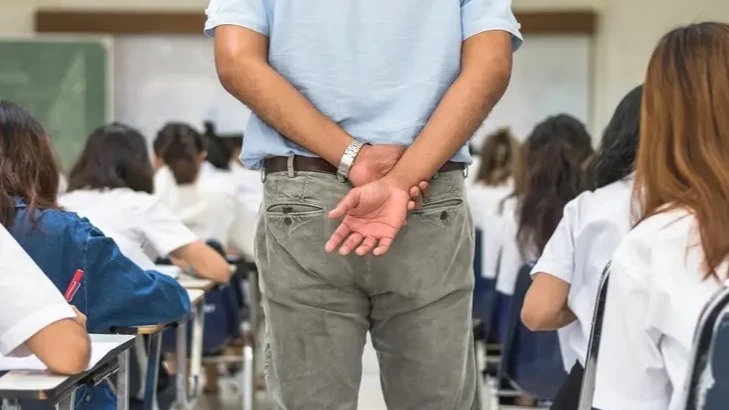
UNLIKE national examinations, which follow a special schedule, school-based examinations are often conducted in a simpler manner where the entire school may sit for exams simultaneously. Since human beings are not perfect, unavoidable challenges such as teacher absenteeism may occur during examination days, affecting the smooth administration of this critical process.
Addressing this issue may require rethinking how internal examinations are currently conducted.
For effective invigilation, teachers need breaks between examination sessions to maintain focus and concentration. When there are few teachers, they may be required to supervise multiple exams in one day, leading to exhaustion.
This situation necessitates finding efficient ways to conduct exams using the limited available resources—teachers and classrooms. Some schools face classroom shortages, and if students are seated according to exam regulations, some may not find space.
While long-term solutions to the shortage are underway, temporary alternatives must be employed to achieve similar outcomes to those in well-resourced settings.
Temporary solutions are necessary while waiting for permanent ones. Human beings are naturally creative and innovative, and these qualities must be used to improve performance and fulfill responsibilities effectively.
Examinations play a vital role in the teaching and learning process as they help assess students’ progress. Any flaws in how exams are conducted may undermine the very purpose of assessing learners. Examination results guide both students and teachers in making informed decisions to enhance academic achievement, which is the ultimate goal of education.
The reliability of exams begins with proper invigilation, student arrangement, and spacing in the examination room. The way exams are administered can either encourage or prevent cheating, which compromises the credibility of the assessment process.
Exams are often emotional events, with every student aiming for good results. These expectations can sometimes push students to engage in malpractice.
To eliminate examination misconduct and maintain the quality of the assessment, mixing students from different classes can be a useful strategy. This practice reduces the likelihood of students collaborating during the exam since classmates typically communicate more easily. It is harder to form a connection with students from other classes during the short period of an examination.
Some students are skilled at developing subtle ways to communicate during exams, which gives them an unfair advantage. Introducing class mixing can help address this problem. It is satisfying when students earn grades based on their true performance. Exam results should be the only determining factor for advancement to the next academic level.
Therefore, it is essential to improve examination procedures to maintain quality. The key lies in maximizing the use of available teachers and rooms by allowing adjustments in how exams are administered. The human mind is dynamic and capable of generating new ideas for task improvement and increased efficiency. One of the areas where such innovation is needed is in internal examination invigilation.
Mixing learners from different classes during exams offers several benefits. When students are mixed in examination rooms, fewer invigilators are needed to supervise a larger number of candidates. Some schools have large halls that can be used for exams. There is no need to overcrowd students in small classrooms, which increases the risk of cheating, when halls can accommodate multiple classes and require only one invigilator.
Schools have many tasks to accomplish. When a few teachers can manage invigilation, others are free to focus on different academic responsibilities, benefiting the school community. Mixing students simplifies and streamlines the invigilation process.
Mixing students allows exams to be conducted in fewer rooms. Since students from different classes are less likely to communicate, the spacing between them can be reduced without compromising exam integrity. Many students can sit in one room without affecting the quality of exam administration. Some schools struggle with a shortage of classrooms, and adopting strategies such as mixing students may prove valuable in overcoming these challenges.
A major challenge in exam invigilation is preventing communication between students. When students from different classes are mixed, the usual channels for communication are disrupted. Preventing communication during exams is a significant success in upholding exam standards. Mixing students provides a practical solution to this problem.
It is time for education professionals to review current invigilation practices and consider how some changes could be adopted to improve outcomes and performance in the education sector.
Creativity and innovation are essential components of effective duty performance. Teachers must develop techniques for administering examinations without compromising core principles and standards. There must be simple, efficient ways to invigilate exams while still preventing misconduct.
At times, emergencies arise, such as when teachers are absent. However, it is still possible to conduct exams while ensuring that other activities continue, provided that proper arrangements are made to optimize the use of the few teachers available.
The effective invigilation of examinations requires creativity and innovation.
Top Headlines
© 2025 IPPMEDIA.COM. ALL RIGHTS RESERVED






